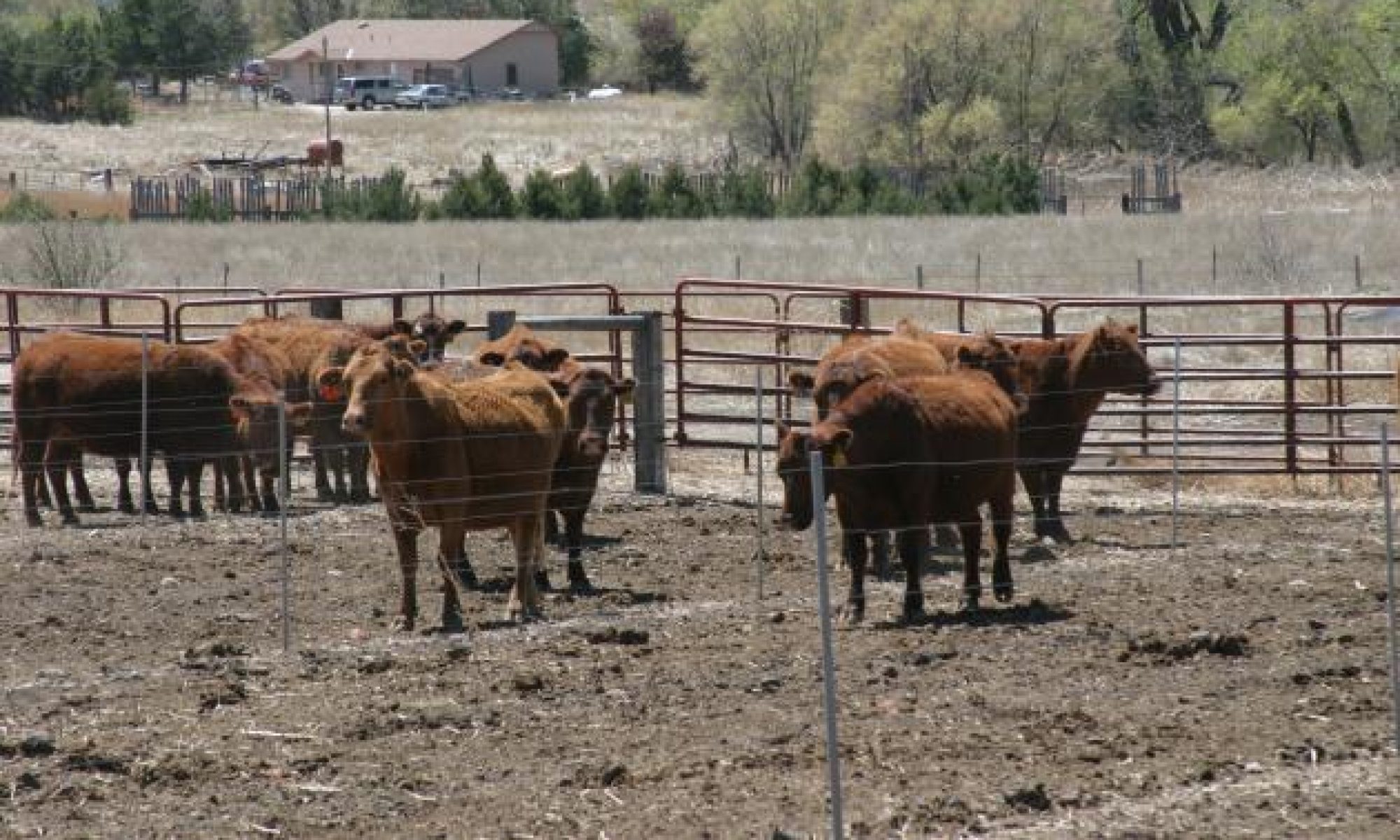A typical seeding rate would be two bushels (120 lb) per acre of wheat seed. For this use, bin run seed should be fine — it is not necessary to pay for certified seed.
The ideal planting date for western New York would be about September 15. However, wheat can be planted until about October 20 or 25. When planting after October 15, increase seeding rate by about 30 to 40 more pounds per acre. When planted after October 20, it will not make much growth before winter dormancy makes it stop growing. It will take several nights with temperatures in the low 20s to create dormancy in the wheat. Until then, it will grow slightly, depending on daytime temperatures. It needs daytime temperatures of 50° or above to make any significant growth.
Fifteen to 25 lb/acre of nitrogen is all that is needed at planting time. Graze or cut the other grass (fescue) as short as possible prior to planting to reduce competition. If the field needs lime (ideal pH for wheat is about 6.5), it should have been applied in summer. If the field needs phosphorus, you will see more response to phosphorus applied with the planter than to nitrogen. Only a soil test can tell the soil phosphorus status, and that should also have been done prior to planting.
If the wheat takes well, you should be able to graze again in the spring. This is a practice based on experience with winter wheat for commercial growth or for cover crop.
